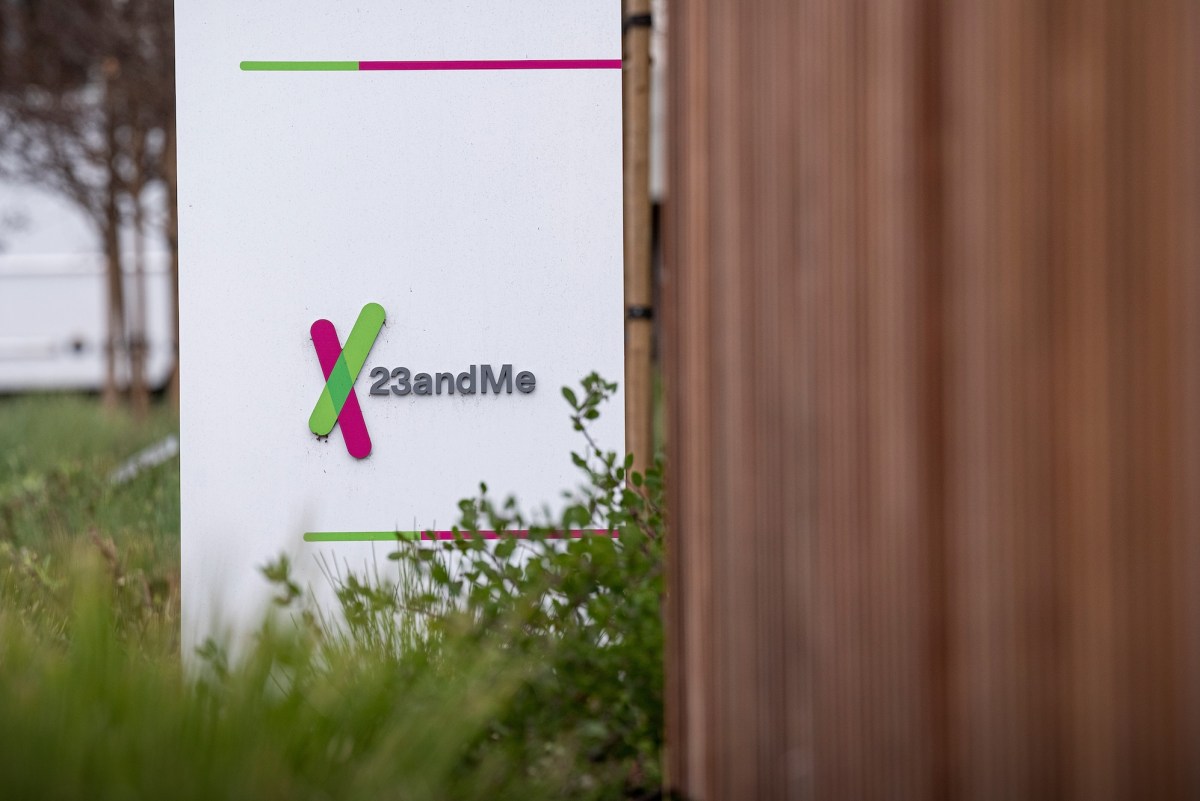Rigid Printed Circuit Boards
Printed circuit boards, or PCBAs, are the foundation of most electronic devices. They mechanically support and electrically connect a device’s components, and they are designed with specific rules that govern how the board will function. These rules include design rules, which set the minimum clearances between different objects on the board and establish fabrication limits. They also define what type of materials the board can be made of and how it will be assembled. These rules are important to ensure that the finished product will be safe and functional.
When it comes to printed circuit board pcba production, a commitment to efficient manufacturing processes is essential. This is because maximizing efficiency can reduce costs and save time throughout the entire process. It is also critical to ensure that all steps in the process are completed with a high level of quality. If any mistakes are made early on, they can cause costly delays down the line.
A commitment to efficient PCBA production starts with the creation of a detailed schematic. The next step is to synchronize the schematic with the board layout and place components on the PCB. This can be done manually with exploratory data analysis or automatically through the use of PCB design software.

How Do Rigid Printed Circuit Boards Compare To Flexible PCBs?
Once the component placement is complete, the copper traces are routed on the PCBA. This process requires careful attention to detail in order to minimize impedance issues, which can affect the performance of a device. Finally, labels and identifiers are placed on the PCBA to allow for easy identification of individual components and their connections.
Both rigid and flexible circuits have their own unique benefits. Rigid PCBs are ideal for industrial applications, such as machinery, robotics, and control systems that require a high level of mechanical strength. They are also well-suited for networking devices, such as routers and modems, which require complex circuitry and superior thermal management capabilities.
On the other hand, flexible circuits can bend, fold, and twist with relative ease. They are often composed of polyimide, a durable material that can withstand extreme temperatures. This means that they can be positioned in tight spaces, such as borehole sensors used by oil and gas companies.
While both rigid and flex PCBs have their own unique benefits, each requires its own unique manufacturing process. Rigid and flex PCBs are fabricated using a similar construction technique, but they differ in terms of the overlay material that is applied to protect the exposed circuitry. Rigid and flex circuits are also rolled differently, with flexible PCBs being rolled as a single piece of material, while a rigid-flex circuit is a combination of both a flex and a rigid-flex.
Regardless of which type of PCBA you choose, both types of circuits benefit from in-process testing during the production process. This can identify any issues that may impact the quality of the final product and prevent them from occurring later on. This type of testing is crucial for ensuring that your device is safe and functional when it is ready to be shipped out to customers.




